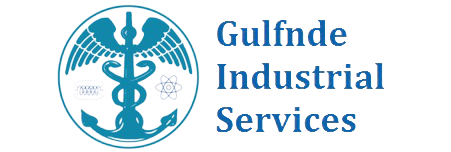Failure Mode and Effects Analysis (FMEA) is a structured approach used to identify and evaluate potential failure modes in a process or product, and to prioritize actions to mitigate or eliminate these risks. Below are some common questions and answers related to FMEA.
Q: What is FMEA?
A: FMEA is a structured approach used to identify and evaluate
potential failure modes in a process or product, and to prioritize actions to
mitigate or eliminate these risks. The approach involves systematically
analyzing the process or product to identify potential failure modes, assessing
the severity, frequency, and detectability of each failure mode, and developing
and implementing actions to mitigate or eliminate the highest risks.
Q: What are the key components of FMEA?
A: The key components of FMEA include
identifying potential failure modes, assessing the severity, frequency, and
detectability of each failure mode, assigning a risk priority number (RPN) to
each failure mode based on the severity, frequency, and detectability, and
developing and implementing actions to mitigate or eliminate the highest risks.
Q: What are the benefits of using FMEA?
A: FMEA provides a structured approach for
identifying and evaluating potential failure modes in a process or product,
which helps to mitigate or eliminate risks before they occur. This can help to
reduce costs, improve quality, and increase customer satisfaction. FMEA also
encourages collaboration and communication among team members, which can lead
to a better understanding of the process or product.
Q: What are the different types of FMEA?
A: There are three different types of
FMEA: Design FMEA (DFMEA), Process FMEA (PFMEA), and System FMEA (SFMEA). DFMEA
is used to evaluate potential failure modes in a product design, PFMEA is used
to evaluate potential failure modes in a manufacturing process, and SFMEA is
used to evaluate potential failure modes in a larger system or process.
Q: What is the role of risk priority number (RPN) in FMEA?
A: RPN is a ranking
system used in FMEA to prioritize actions based on the severity, frequency, and
detectability of each failure mode. RPN is calculated by multiplying the
severity, frequency, and detectability scores for each failure mode. The higher
the RPN, the higher the risk associated with the failure mode.
Q: What is the difference between FMEA and Control Plan?
A: FMEA and Control Plan
are both tools used in quality management to ensure that potential risks are
identified and addressed. FMEA is used to identify and evaluate potential
failure modes in a process or product, while Control Plan is used to document
the steps needed to control the process and prevent defects. FMEA is used in
the planning phase of a process or product, while Control Plan is used during
the production phase.
Q: What is the role of continuous improvement in FMEA?
A: Continuous improvement
is a key component of FMEA. After implementing actions to mitigate or eliminate
the highest risks, the process should be re-evaluated to determine if the
actions were effective. This helps to ensure that the process is continually
improving and that potential risks are being addressed.


